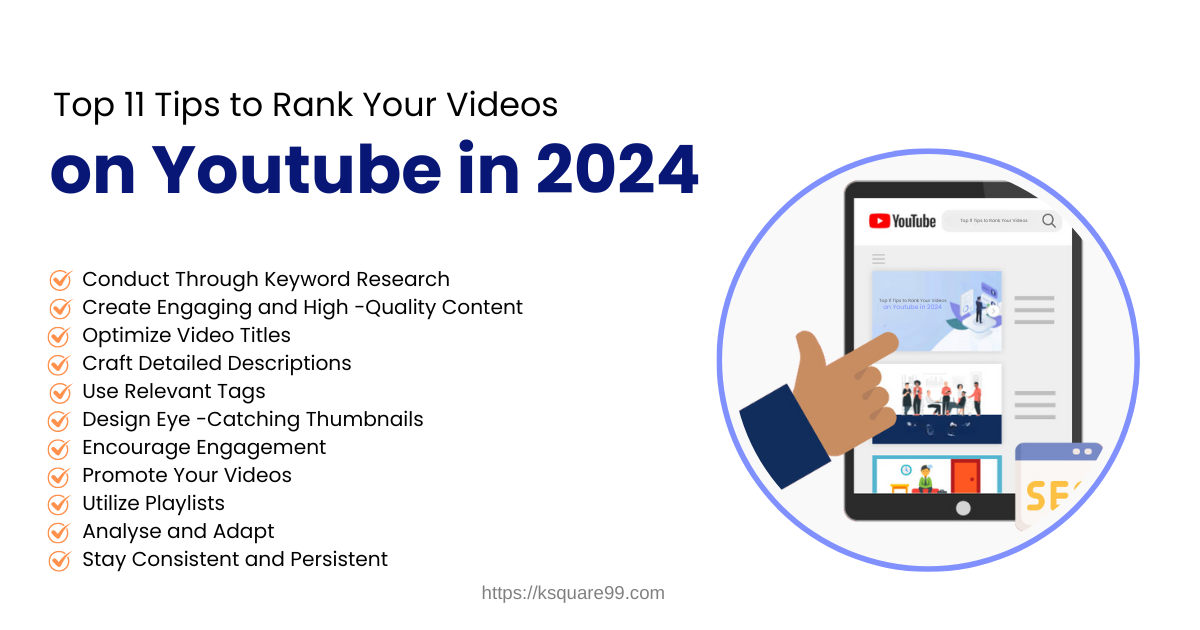
Duplicate content is a prevalent issue that can have a detrimental effect on strategies for search engine optimisation (SEO). When search engines confront duplicate content, they encounter difficulty in determining which version is the most pertinent for a specific search query. This may result in penalties or decreased rankings. Fortunately, there are effective strategies available to optimise duplicate content in order to achieve superior SEO results.
Understanding Duplicate Content
Duplicate content is defined as content that is identical or substantially similar across multiple URLs within or across domains. This can happen inadvertently through a variety of methods, including the cloning and pasting of content across multiple pages, session IDs, or URL parameters. In order to sustain a robust SEO performance, it is essential to identify and address duplicate content.
Conducting a Content Audit
Conducting a complete content audit is the initial stage in optimising duplicate content. Identify duplicate content issues on your website by utilising tools such as Google Search Console, Screaming Frog, or SEMrush. These tools are capable of conducting a complete scan of your website and generating complete reports that outline the presence of duplicate content. After the duplicates have been identified, they should be categorised according to their severity and origin.
Implementing Canonical Tags
Canonical marks are an effective instrument for the management of duplicate content. By incorporating a canonical element into the HTML head of a duplicate page, you are informing search engines about the favorite or original version of the content. This aids in the consolidation of link equity and the prevention of the dilution of ranking signals across multiple URLs. To prevent additional complications, guarantee that canonical identifiers are implemented accurately.
Using 301 Redirects
Another effective approach to managing duplicate content is the implementation of 301 redirects. By redirecting duplicate URLs to the original or most relevant version of the content, it is possible to consolidate traffic and link equity to a single URL. For the purpose of integrating similar pages or content that has been relocated to a new location, this method is particularly advantageous. Ensure that 301 redirects are configured correctly to prevent the formation of redirect cycles.
Noindex, Nofollow Tags
The utilisation of the `noindex, nofollow` meta tag may prove advantageous for pages that are required to exist but contain duplicate content, such as duplicate product pages or print versions of articles. This tag instructs search engines to refrain from indexing these pages or following any links on them, thereby preventing their inclusion in search results and impacting your overall SEO strategy.
Unique Content Creation
Creating different, high-quality content is one of the most straightforward methods of combating duplicate content. Commit time to the creation of original articles, blog posts, and product descriptions. Guarantee that each page offers the consumer a different experience, distinguishing it from other pages on your website and across the internet. This not only improves the user experience but also aids in SEO.
Consolidating Similar Content
Consider combining multiple pages with comparable content into a single, exhaustive page if your website has them. This can enhance the user experience by consolidating all pertinent information in a single location and can enhance the SEO value of the page. Retain link equity by redirecting old URLs to the new consolidated page using 301 redirects.
Regular Monitoring and Maintenance
In order to prevent the recurrence of duplicate content issues, it is imperative to conduct regular monitoring of SEO, which is a continual process. Utilise search engine optimisation (SEO) tools to conduct routine checks for new instances of duplicate content and promptly resolve them. To guarantee that your optimisation strategies continue to be effective, it is crucial to remain informed about search engine guidelines and best practices.
Leveraging Structured Data
The implementation of structured data, or schema encoding, can assist search engines in more effectively interpreting your content and distinguishing between duplicate pages. Structured data offers search engines supplementary context, facilitating the identification of the primary content and its relevance. This can improve the overall efficacy of your SEO and increase the visibility of your site in search results.
Duplicate content optimisation is essential for the preservation of a robust SEO presence. By undertaking content audits, utilising canonical tags, instituting 301 redirects, creating unique content, and leveraging structured data, it is possible to effectively manage duplicate content and enhance the search engine rankings of your website. Your SEO strategy will remain adaptable and robust in the face of evolving search engine algorithms as a result of consistent monitoring and maintenance.

Author Bio: Krishna Mishra
Krishna Mishra - Best Digital Marketing Consultant & SEO Specialist In Noida,India
Founder/CEO - KSQUARE99 & DIGIWISE 300+ Glowing Testimonials ✨️ | Brand Strategist | SEO Specialist | Trusted by 700+ Global Clients 🚀
Krishna Mishra, with an MCA degree, is an accomplished coder and search engine engineer with over 13 years in digital marketing. Specializing in SEO, SMO, ORM, PPC, and content marketing, Krishna has excelled in international and national marketing, client relations, market research, and customer service. Known for developing strong business relationships and effective communication, Krishna has a keen understanding of industry trends and excels in creating successful marketing strategies.





.png)



